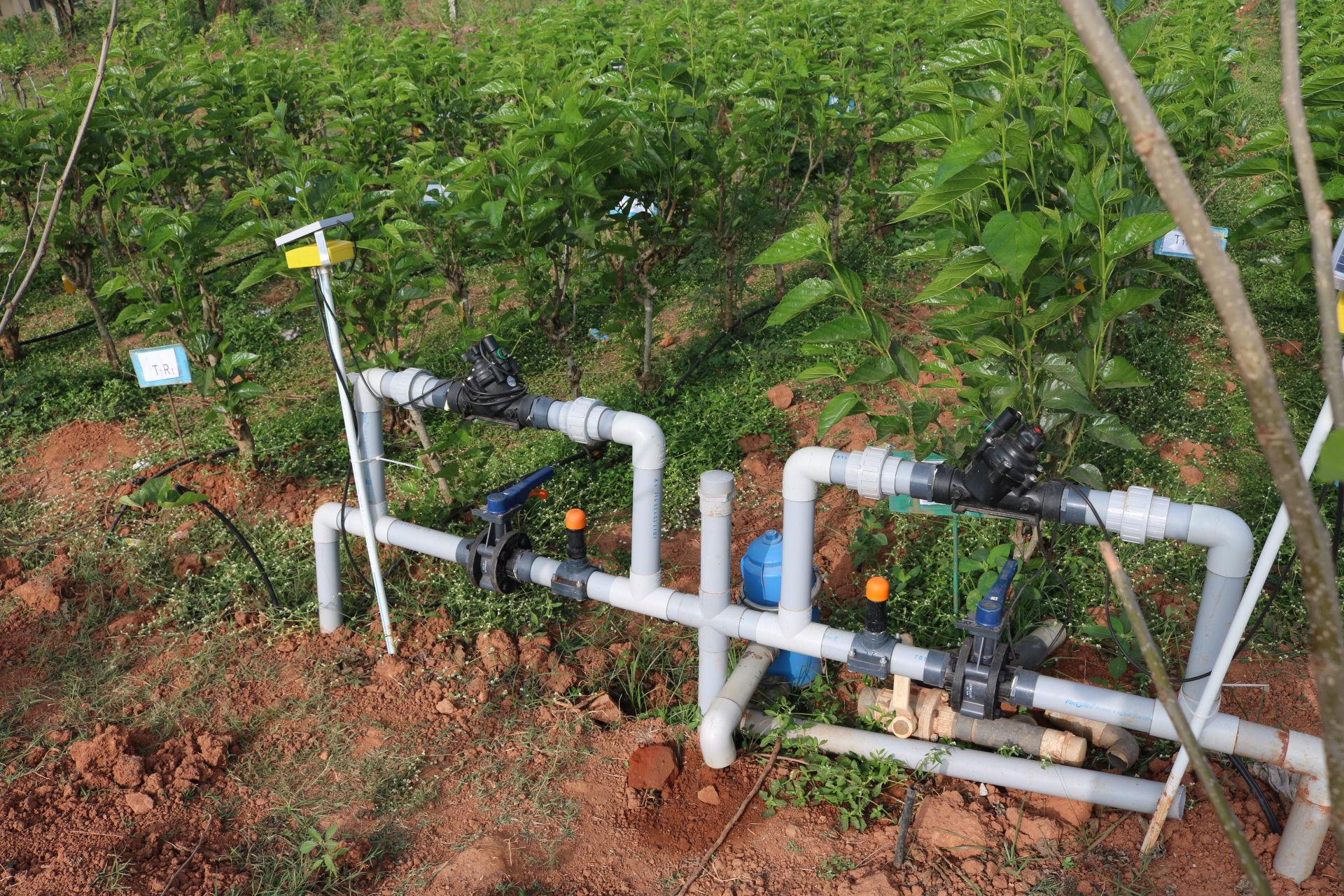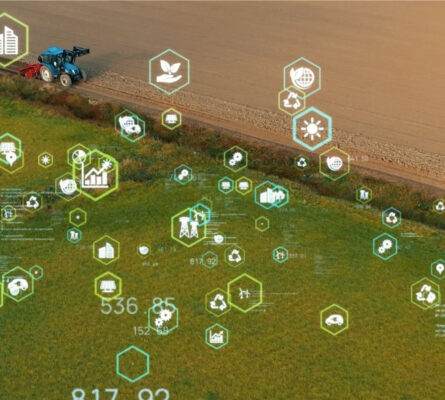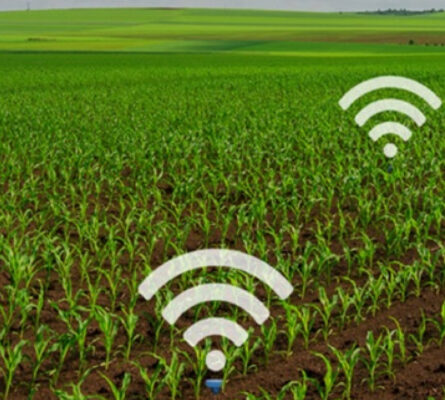
In India, over 90 percent of freshwater is required to support agricultural activities. Further, according to a report shared by FICCI, India shall fall into the category of water-stressed countries by 2020. All these factors indicate the urgency to accord judicious water management a serious thought right away. In order to promote the prudent use of water in agriculture, the practice of precision farming is steadily being adopted by farmers. The article discusses as to how a scientific water management system can work to augment the crop production cycle.
Accurate-study of the water requirement- To understand the water requirement of every crop, it is vital to measure the evapotranspiration rate. In a simpler language, it is the water amount lost by crops through evapotranspiration. This vacuum indicates the amount of water crops require to thrive in the best possible way. In the water management system, factors like crop type, climate, and the growth process are studied to derive the accurate level of crop water need. These days, enterprises are deploying Artificial Intelligence to measure the precise water requirement of every crop to uphold the judicious use of water in agricultural practices.
Analyzing the soil and crop type- A comprehensive analysis of static factors like soil and crop types is another step towards ensuring effective water management. For example, water-intensive crops like sugarcane and maize have higher crop water need than the ones not so heavily dependant on the resource. Similarly, the water-absorbent properties of different soils also vary. Therefore, it can be understood that the water requirement is not the same for every crop and soil type. These static factors are recorded at the start of the season to calculate the accurate amount of water needed in precision agriculture.
Understanding the dynamic parameters- In the water management system, static factors are alone not sufficient to get the desired measurement of the evapotranspiration rate. Dynamic parameters such as the intensity of sunlight, wind speed, water intake during the previous seasons and crop age are taken into account to obtain the precise evapotranspiration rate. Unlike the static factors, these parameters are recorded on a daily basis throughout the season to get the precise result at the end. Since this recording is done automatically, there is no requirement of any manual input. Needless to say, automation produces an accurate and faster calculation result.
Algorithm-based analysis- It is worthy to mention that modern enterprises are using advanced algorithm to examine static and dynamic data. It does not end here for this algorithm also controls the water flow to crops by locating the voltage of the power supply. The regulated distribution of water makes sure that the resource is being judiciously used. Furthermore, this agriculture technology can allow greater water flow to the critical crops from the currently available resource to meet their needs.
Use of technological devices- In today’s time, traditional agricultural tools have given way to gadgets that are underpinned on modern technology. Agro-business enterprises make significant use of advanced devices such as energy efficient valves, flow meters, and soil sensors. Moreover, satellite data are used to obtain an accurate calculation rate. Not only do such high-tech wireless gadgets facilitate the swift transmission of the collected data, they are suitable to function under rugged conditions as well. With these technologies in place, the need for manual intervention has been steadily decreasing in modern agricultural practices.
Water usage is indispensable for carrying out agricultural activities. However, with the application of technology, the indiscriminate use of this stressed resource can be avoided. It is, therefore, no surprise that precision farming has set an undeviating focus on scientific water management to increase crop yield.


